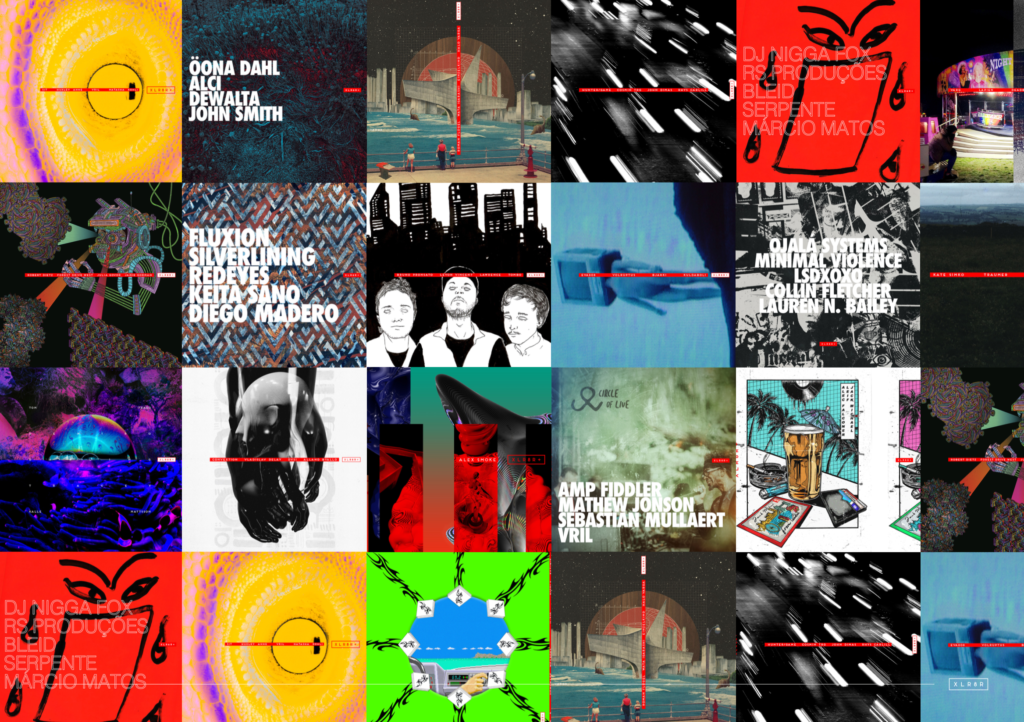Illum Sphere Ghosts of Then and Now
Over the past several years, Manchester producer and Hoya:Hoya co-founder Ryan Hunn (a.k.a. Illum Sphere) […]

Over the past several years, Manchester producer and Hoya:Hoya co-founder Ryan Hunn (a.k.a. Illum Sphere) assembled a fairly impressive resume for himself, even before he was signed to Ninja Tune. Still, the venerable British label—responsible for over two decades of underground staples, and more recent standouts from the likes of Machinedrum, FaltyDL, and Slugabed—took something of a leap of faith by bringing Hunn into the fold, as he had yet to prove himself with a full-length. It’s also debatable whether Ninja Tune is an appropriate home for Illum Sphere, whose music holds little of the playful, dub-inspired vibe that stamps most of the label’s releases, and instead takes itself rather seriously.
Since 2009, Hunn has trickled out a handful of EPs; most notably, two companion-piece releases called The Plan is Dead and Long Live the Plan via Manchester record store Fat City‘s imprint, as well as some 12″ cameos for 3024, Tectonic, and Young Turks. His debut full-length, Ghosts of Then and Now, follows the somber hip-hop stylings of his past work, but ups the production value while employing diverse live instrumentation and oblique rhythms. There are hints of real ambition, but Hunn ultimately prevents things from becoming too willfully weird or uncompromising, instead resigning himself to gorgeous, yet relatively static set pieces that aren’t particularly risky in terms of songwriting and overall album narrative. Unlike the hyperactive mantras of The Plan is Dead or the stark sci-fi percussion of Long Live the Plan, Ghosts of Then and Now suffers from minor stage fright with an LP-sized canvas. Here, the songs aren’t especially dynamic or adventurous; they establish one looping piece of music and then layer over it, but never really evolve past that initial idea, resulting in what sounds like a series of detailed sketches.
By itself, Ghosts of Then and Now‘s conventional song structures wouldn’t be a problem if the instruments riffed within those limitations in a captivating way. However, after the stubborn refrain of the Mai Nestor-voiced “At Night” and the frigid step sequence of “Sleeprunner,” the arrangements start feeling predictable. That isn’t to say that there aren’t some transcendent, charming moments on the album—”One Letter From Death,” in particular, is more off-the-cuff and immediate, with treated bass guitar and a gritty low-end synth freewheeling over layers of unquantized percussion. “Near the End” relies upon infectious, circling rhythms and overdriven organ licks that grow in intensity, making for the most jazz-inspired piece on the LP. These exceptional minutes show Hunn’s undeniable potential as an artist, displaying a musicianship and energy that make other tracks feel a little sluggish in comparison.
Taken as a whole, Ghosts of Then and Now is simply too content to tread on well-worn stylistic ground, which is unfortunate, because this style of cinematic bass music is clearly ready for reinvention. Hunn’s talent is obvious, but he tends to overthink the songs, instead of allowing his imagination to wander to a more peculiar place. Rather than trying to beat established artists at a game many have already pivoted away from, it would do Hunn well to force more urgency into future work, and turn inward to inspire a more personal style. Illum Sphere’s debut LP may be an elegantly produced collection of noir beat vignettes, but his next one could be a whole lot more.

